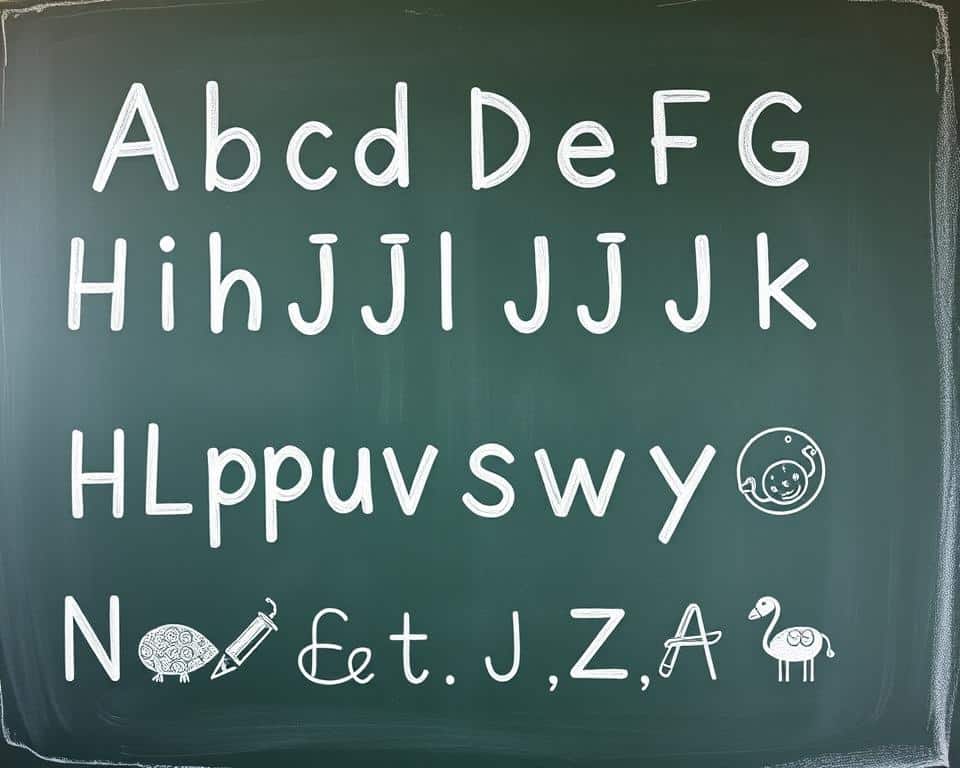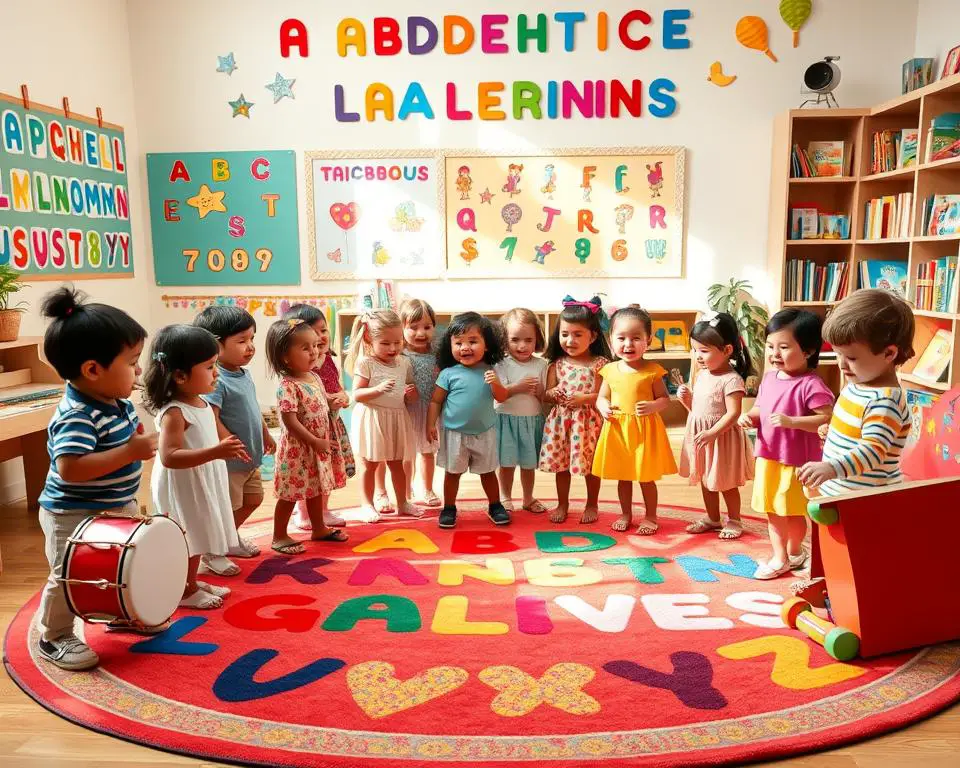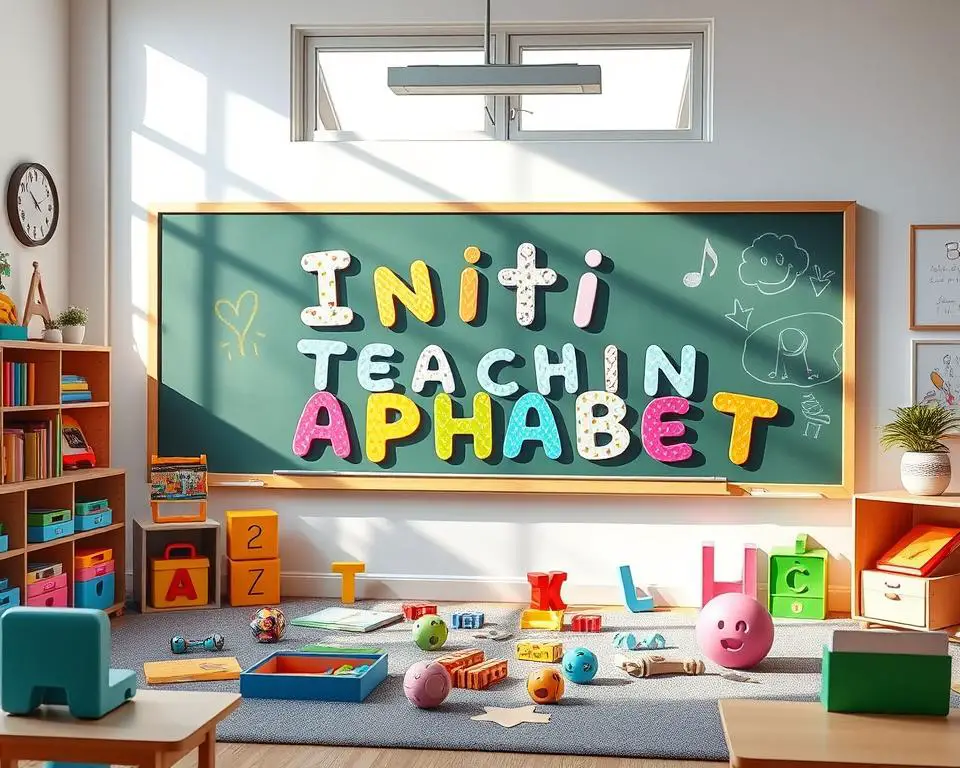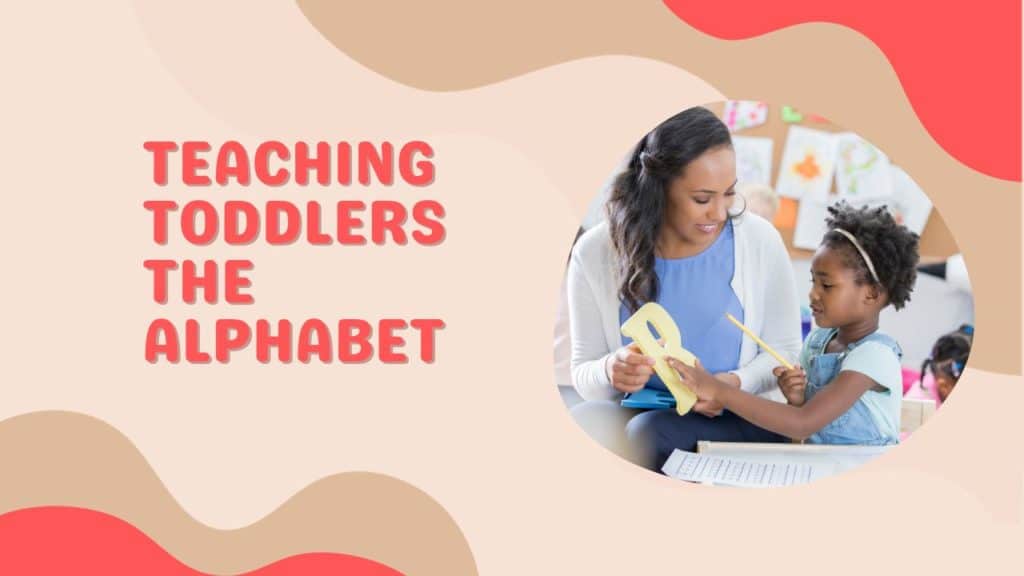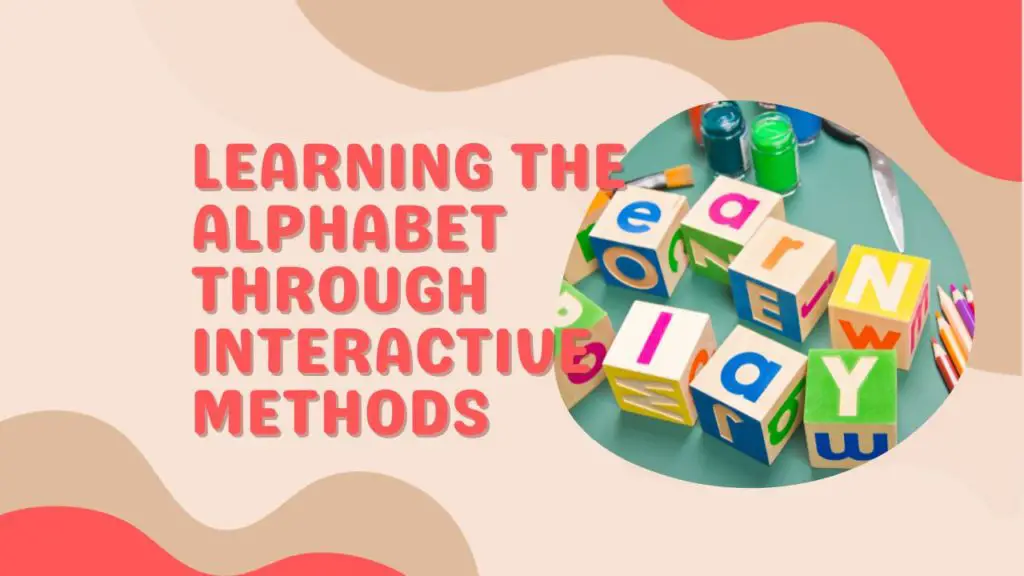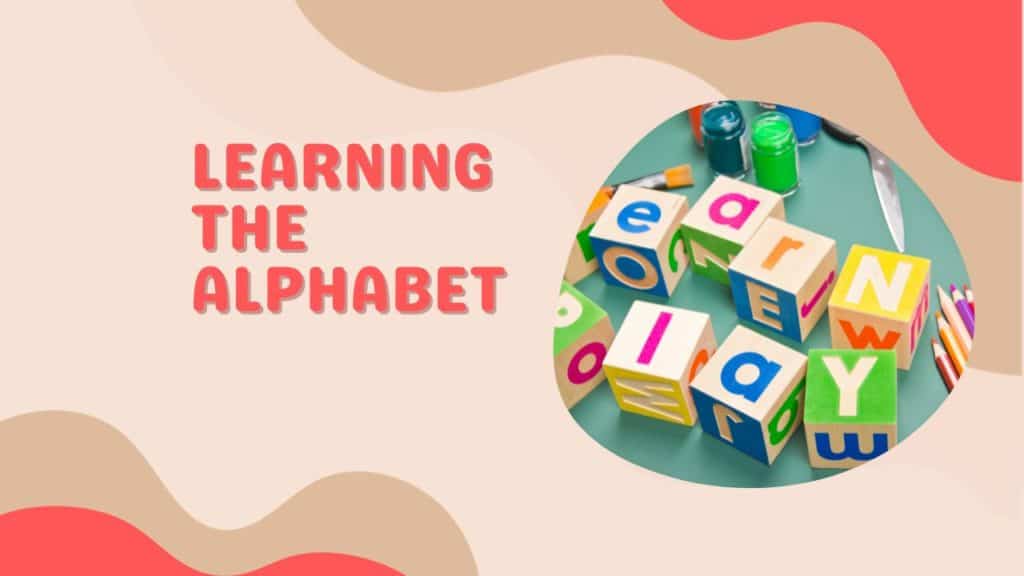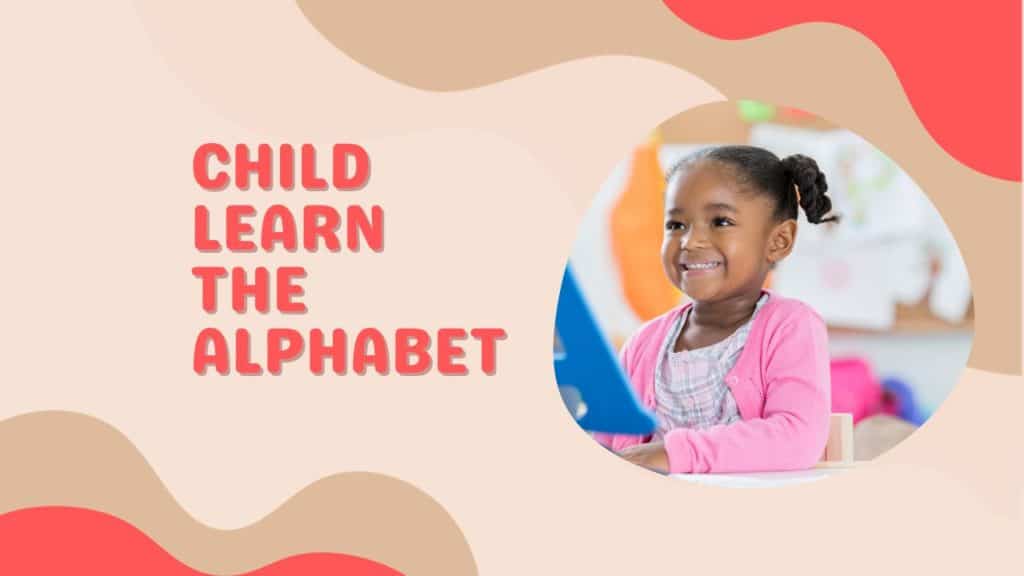Teaching Alphabet
Teaching the alphabet is a foundational step in a child’s early education, and it forms the basis for future language development and literacy skills. This guide is designed to provide educators and parents with valuable insights into effective teaching strategies for mastering the alphabet.
Understanding the Significance of Alphabet Recognition:
Alphabet recognition is a crucial milestone in a child’s early learning journey. It lays the groundwork for reading, writing, and overall language development. As educators and parents, creating engaging and effective teaching methods can make this learning process enjoyable and memorable for young learners.
Exploring Interactive Teaching Methods:
Interactive methods are key to capturing a child’s interest and fostering a deeper understanding of the alphabet. Incorporate activities such as alphabet games, songs, and hands-on experiences to make learning both educational and fun. Interactive methods not only make the learning experience enjoyable but also enhance retention.
Strategies for Teaching the Alphabet:
Consider the order in which letters are introduced. Some educators follow a sequential approach, while others group letters based on similarities in shape or sound. Tailor your approach to the needs and preferences of your learners, ensuring a personalized and effective learning experience.
Creating a Literacy-Rich Environment:
Surround learners with print and visual aids. Display alphabet charts, posters, and books in the learning environment. This creates a literacy-rich atmosphere that reinforces the connection between letters and words, promoting a holistic understanding of the alphabet.
Sequential Order of Teaching Letters:
Establishing a logical sequence for introducing letters can contribute to effective learning. Whether following the alphabetical order or grouping letters by similarity, a thoughtful and systematic approach helps children build a strong foundation for future reading and writing.
Multi-Sensory Approaches:
Engage multiple senses to enhance learning. Incorporate tactile activities, such as tracing letters with fingers, using sensory materials, or forming letters with playdough. Multi-sensory experiences create a more immersive and memorable learning journey.
Personalized Learning Plans:
Recognize that each child learns at their own pace. Tailor teaching strategies to accommodate diverse learning styles and preferences. Personalized learning plans ensure that each child receives the support they need for successful alphabet recognition.
Technology Integration:
Leverage educational apps and interactive online resources to complement traditional teaching methods. Thoughtful integration of technology can enhance engagement and provide additional avenues for practice and reinforcement.
Parent Involvement and Support:
Encourage parents to actively participate in the learning process. Share strategies for reinforcing alphabet skills at home through activities, games, and daily interactions. Establishing a strong home-school connection reinforces the learning experience and promotes consistency.
Assessment and Progress Monitoring:
Regularly assess and monitor each child’s progress. Implementing formative assessments helps identify areas of strength and areas needing additional support. This data-driven approach allows educators to tailor their teaching strategies to address individual learning needs.
In conclusion, effective alphabet teaching is a dynamic and personalized process. By embracing interactive methods, considering the order of letter introduction, and creating a literacy-rich environment, educators and parents can lay the groundwork for a strong foundation in language development. Remember, the journey of alphabet mastery is a collaborative effort that involves creativity, patience, and a commitment to making learning a joyful and empowering experience for young learners.


